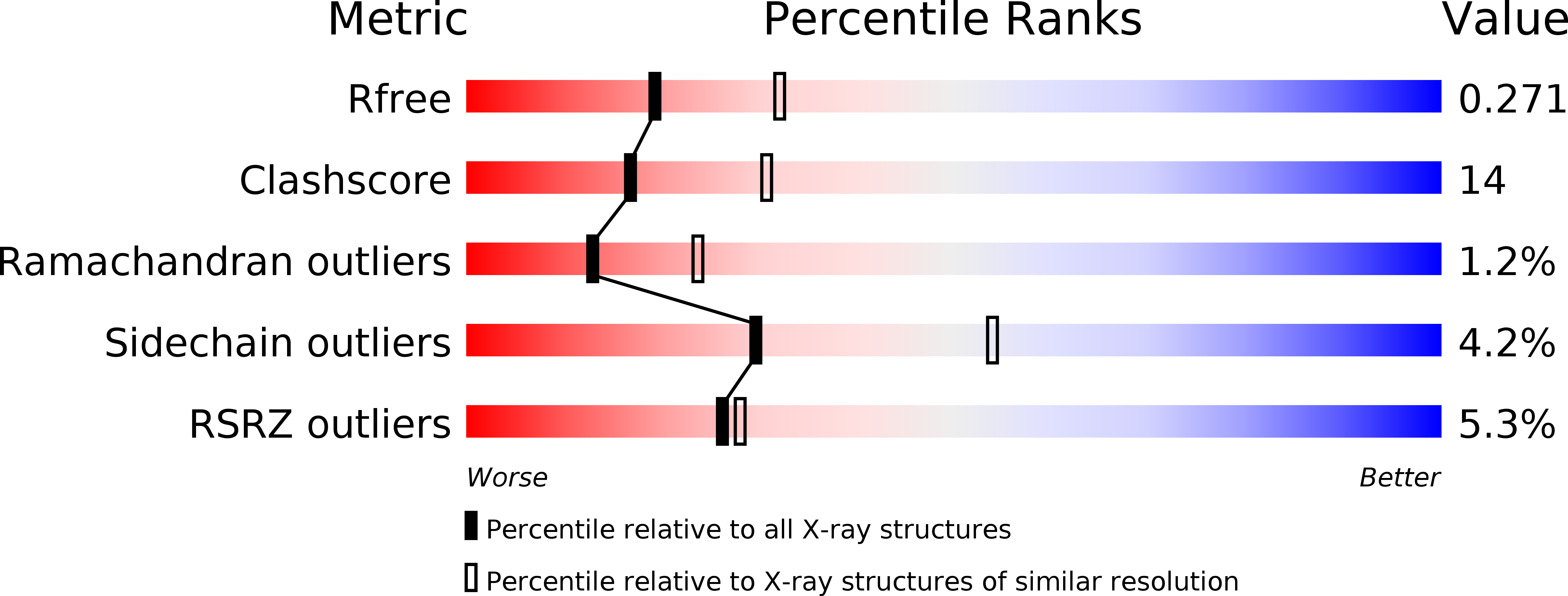
Deposition Date
2003-01-24
Release Date
2004-01-24
Last Version Date
2024-04-03
Entry Detail
PDB ID:
1NRF
Keywords:
Title:
C-terminal domain of the Bacillus licheniformis BlaR penicillin-receptor
Biological Source:
Source Organism:
Bacillus licheniformis (Taxon ID: 1402)
Host Organism:
Method Details:
Experimental Method:
Resolution:
2.50 Å
R-Value Free:
0.25
R-Value Work:
0.20
Space Group:
P 41


